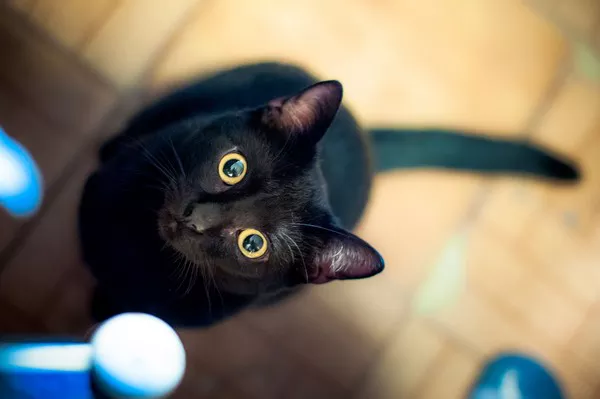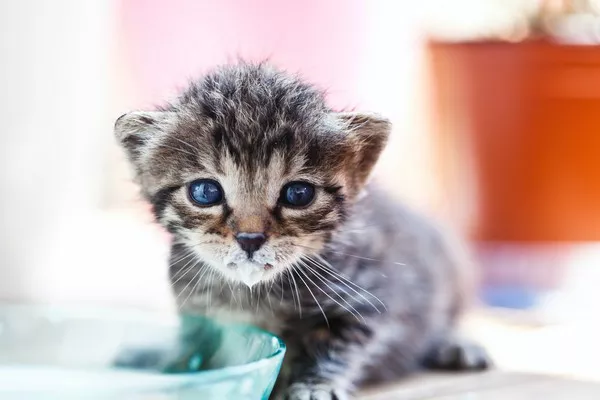Cats are known for their meticulous grooming habits, spending several hours a day licking and cleaning their fur. However, as a cat owner, you may wonder if it’s necessary to take your feline friend to a professional groomer. In this article, we’ll explore the benefits of professional grooming for cats and provide guidance on when and how often to visit the groomer.
The Importance of Grooming for Cats
Grooming is an essential aspect of a cat’s health and well-being. It helps to remove loose hair, distribute skin oils, and prevent matting and tangles. Regular grooming also allows you to check for any skin irritations, parasites, or other health issues that may require veterinary attention.
While cats are generally good at grooming themselves, there are certain situations where professional grooming may be beneficial:
1. Long-haired cats: Breeds like Persian, Maine Coon, and Norwegian Forest Cat have long, dense fur that can easily become matted and tangled. Regular brushing and grooming are necessary to keep their coats healthy and prevent skin problems.
2. Elderly cats: As cats age, they may have difficulty grooming themselves due to arthritis, obesity, or other health issues. Professional grooming can help keep their coat in good condition and prevent matting.
3. Cats with special needs: Cats with physical disabilities or neurological conditions may not be able to groom themselves effectively. Regular grooming by a professional can help keep them comfortable and prevent skin problems.
4. Cats that don’t groom: Some cats, especially those that are overweight or have a medical condition, may not groom themselves as often as they should. Professional grooming can help keep their coat clean and prevent hairballs.
When to Take Your Cat to the Groomer
The frequency of professional grooming depends on your cat’s breed, age, and individual needs. Here are some general guidelines:
1. Long-haired cats: Long-haired cats should be groomed every 4-6 weeks to prevent matting and keep their coat in good condition.
2. Short-haired cats: Short-haired cats may only need to be groomed every 6-8 weeks, or as needed to remove loose hair and prevent hairballs.
3. Elderly cats: Elderly cats should be groomed every 4-6 weeks to keep their coat clean and prevent matting.
4. Cats with special needs: Cats with physical disabilities or neurological conditions should be groomed every 2-4 weeks to keep their coat in good condition and prevent skin problems.
It’s important to note that the frequency of grooming may need to be adjusted based on your cat’s individual needs and the time of year. For example, cats may need more frequent grooming during the spring and fall when they are shedding their winter and summer coats.
What to Expect at the Groomer
When you take your cat to the groomer, they will typically perform the following services:
1. Brushing: The groomer will brush your cat’s coat to remove loose hair, distribute skin oils, and prevent matting and tangles.
2. Bathing: Cats may be bathed if they are particularly dirty or have a skin condition that requires medicated shampoo.
3. Nail trimming: The groomer will trim your cat’s nails to prevent them from becoming overgrown and causing discomfort or injury.
4. Ear cleaning: The groomer may clean your cat’s ears to remove any dirt or debris and prevent ear infections.
5. Anal gland expression: If necessary, the groomer may express your cat’s anal glands to prevent impaction and discomfort.
It’s important to choose a groomer who is experienced in working with cats and has a gentle, patient approach. Look for a groomer who uses positive reinforcement techniques and is willing to work with you to ensure your cat has a positive experience.
See Also: Do Burmilla Cats Shed a Lot? All You Need to Know
Preparing Your Cat for Grooming
To help your cat have a positive experience at the groomer, it’s important to prepare them in advance. Here are some tips:
1. Introduce grooming at home: Start by getting your cat used to being brushed and having their nails trimmed at home. Use positive reinforcement, such as treats and praise, to make the experience a pleasant one.
2. Desensitize your cat to the grooming process: Gradually introduce your cat to the different aspects of grooming, such as having their paws handled, ears cleaned, and coat brushed. This will help them feel more comfortable when they visit the groomer.
3. Choose a groomer that uses low-stress techniques: Look for a groomer who uses low-stress techniques, such as pheromone diffusers and calming music, to help reduce your cat’s anxiety during the grooming process.
4. Provide a familiar scent: Bring a blanket or toy that has your cat’s scent on it to the grooming appointment. This can help your cat feel more comfortable in an unfamiliar environment.
5. Stay calm and positive: When you drop your cat off at the groomer, stay calm and positive. Cats can pick up on their owner’s emotions, so if you are anxious or stressed, your cat may pick up on that and become more anxious themselves.
Grooming at Home
While professional grooming is important for many cats, it’s also important to maintain your cat’s grooming routine at home. Here are some tips for grooming your cat at home:
1. Brush regularly: Brush your cat’s coat regularly using a slicker brush or a grooming glove. This will help remove loose hair, prevent matting, and distribute skin oils.
2. Trim nails: Trim your cat’s nails every 2-4 weeks using a pair of sharp, cat-specific nail trimmers. Be careful not to cut the quick (the blood vessel inside the nail) to avoid pain and bleeding.
3. Clean ears: Clean your cat’s ears using a gentle, cat-safe ear cleaner and a cotton ball. Be careful not to insert anything into the ear canal.
4. Bathe as needed: Bathe your cat only when necessary, such as if they have gotten into something messy or have a skin condition that requires medicated shampoo. Use a gentle, cat-safe shampoo and be sure to thoroughly rinse their coat.
5. Provide a scratching post: Provide your cat with a scratching post or pad to help them remove the dead outer layer of their nails and keep their claws in good condition.
By maintaining your cat’s grooming routine at home and visiting the groomer regularly, you can help keep your feline friend happy, healthy, and well-groomed.
Conclusion
While cats are generally good at grooming themselves, there are certain situations where professional grooming may be beneficial. Regular grooming helps to keep your cat’s coat healthy, prevent matting and tangles, and identify any potential health issues. By choosing an experienced groomer and preparing your cat in advance, you can help ensure that your cat has a positive experience at the groomer. Additionally, maintaining your cat’s grooming routine at home can help keep them happy, healthy, and well-groomed between grooming appointments.
Related Topics
How to Bathe a Himalayan Cat: A Beginner’s Guide
When Will My Ragdoll Get Fluffy?
How to Properly Care for a Sphynx Cat: A Comprehensive Guide
























